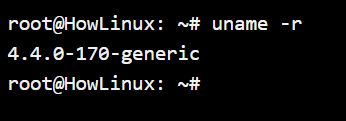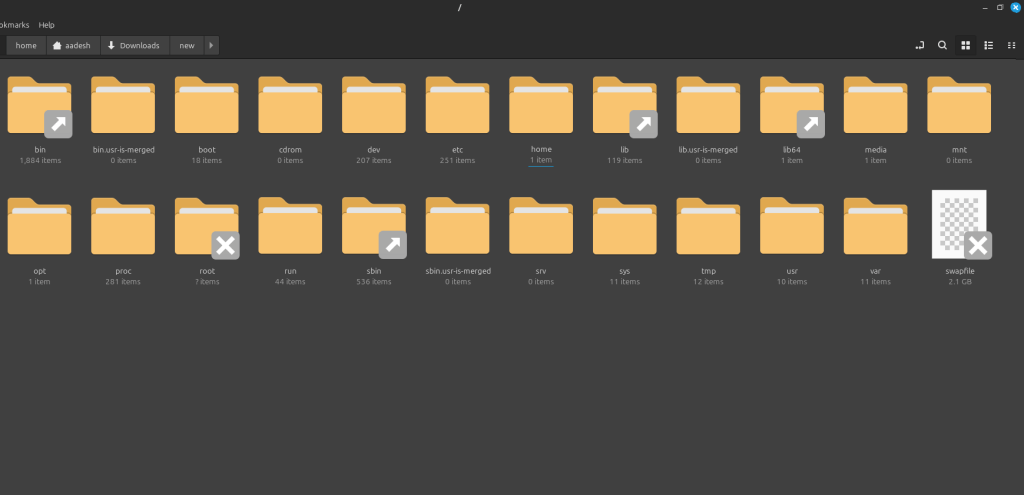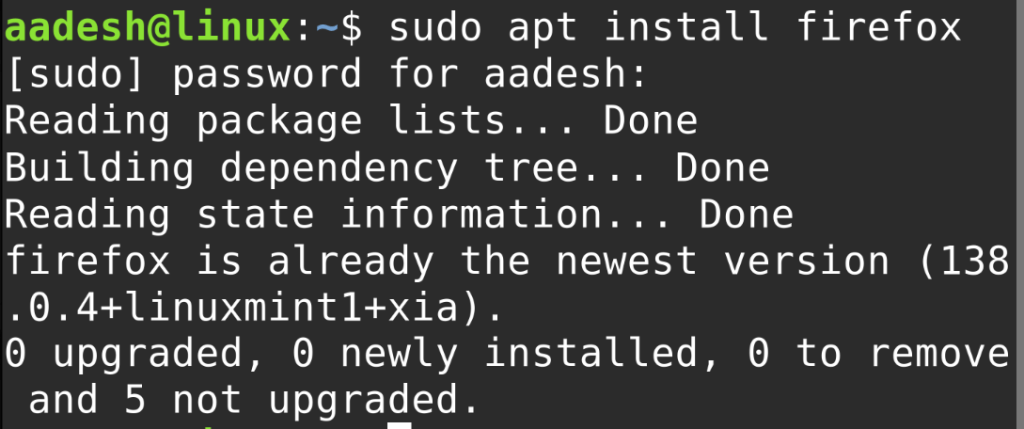Linux is a free, open-source operating system based on the Unix architecture, known for its stability, security, and flexibility. Unlike Windows or macOS, which are proprietary systems, Linux gives users full control over their environment, making it a preferred choice for developers, system administrators, and server deployments. At its core, Linux is a kernel that powers various Linux distributions (distros), such as Ubuntu, Fedora, and Debian, each tailored for different use cases.
Linux Learning Path
- What is Linux?
- Installing Linux Mint in a VM
- Package Management on Linux: A Guide
- Learn the Basic Linux Commands
- Understand the Linux File System (FHS)
- Change file Permission and Ownership
- Disk Partitioning and FileSystem Management on Linux
- Set up LVM and RAID on Linux
- Managing User and Groups and Permissions on Linux
- Learn Shell Scripting basics and Cron jobs
- Understanding Networking on Linux: DNS and IP Management
- Understand the Linux Netstat and ss commands
- Linux Logging system and Job Control
- Linux Security and Access Control: Firewalls, SELinux, and AppArmor
- System Monitoring and Troubleshooting: CPU and Memory Usage
- Virtualization and Containers: Learn Docker and Podman
- Prepare for Certification Exams: RHCSA and LFCS
The kernel is the low-level software responsible for managing hardware resources such as memory, CPU, I/O devices, and system processes. While Linux technically refers only to the kernel, most people use the term to refer to a Linux-based operating system—a complete system built around the Linux kernel and bundled with utilities, libraries, a package manager, a desktop environment, and other tools. These complete systems are called distributions or distros.
Linux-based operating systems are used in various environments, from personal computers and servers to smartphones, routers, and embedded devices. Common Linux distributions include Ubuntu, Fedora, Debian, Arch Linux, and CentOS.
Command Example: To check the current kernel version in a Linux system, use:
uname -r

A Brief History of Linux
The origin of Linux is closely tied to Unix and the free software movement.
- 1970s – UNIX: UNIX was developed at Bell Labs as a powerful, multiuser, multitasking operating system. It became widely used in academia and industry, but was closed-source and expensive.
- 1983 – GNU Project: Richard Stallman launched the GNU Project to create a free and open-source Unix-like OS. By the late 1980s, most of the necessary system tools (compilers, shells, editors) were available, but a free kernel was still missing.
- 1991 – Linux Kernel: Linus Torvalds, a Finnish student, released the first version of the Linux kernel. It was initially intended as a hobby project. When combined with the GNU tools, it formed a complete operating system—often referred to as GNU/Linux.

Since then, Linux has become one of the most widely used OS kernels in the world. It is maintained by thousands of developers and used across a wide range of devices and platforms, including:
- Cloud servers and data centers
- Android smartphones
- Network infrastructure
- IoT devices
- Supercomputers
The popularity of Linux is largely attributed to its open-source model, modular architecture, flexibility, and strong community support.
Linux vs. Windows/macOS: A Technical Comparison
This section compares Linux to other mainstream operating systems—Windows and macOS—based on key technical and practical aspects.
1. System Architecture and Philosophy
- Linux is modular, open-source, and Unix-like. It separates system components into clearly defined parts, such as the kernel, system libraries, and user space tools.
- Windows is a closed-source, monolithic OS developed by Microsoft, with a tightly integrated user interface and kernel.
- macOS is a Unix-certified OS developed by Apple. It has a hybrid kernel and uses proprietary software layered over a Unix base (Darwin).
Linux offers more transparency and configurability, whereas Windows and macOS prioritize ease of use and centralized control.
2. Filesystem Structure
Linux uses a hierarchical filesystem starting from the root directory /. All drives, devices, and partitions are mounted within this single directory tree.
- Common directories:
/home– user files/etc– system configuration/var– variable data like logs/bin,/usr/bin– essential binaries

Windows uses drive letters (e.g., C:\, D:\) and stores system files in directories like Program Files and Windows. macOS also follows a hierarchical layout, but includes Apple-specific paths like /System and /Applications.
3. Software Installation
- Linux uses package managers (e.g.,
apt,dnf,pacman) to install and update software from verified repositories.
sudo apt update && sudo apt install firefox

- Windows relies on standalone
.exeinstallers. Software is typically downloaded manually or through the Microsoft Store. - macOS uses
.dmgimages or the App Store. Homebrew is often used for CLI tools.
Linux’s approach allows centralized control over software and dependencies, reducing risk and simplifying updates.
4. Security and Access Control
Linux implements discretionary access control (DAC) and optional mandatory access control (MAC) systems such as SELinux and AppArmor. It follows a strict user permission model, where administrative access requires sudo privileges.
- Most Linux users operate without administrative rights by default.
- Software is generally installed from curated repositories.
- Systems are typically hardened with firewalls, logs, and audit tools.
Windows traditionally allowed broad user access and has historically been more susceptible to malware. macOS includes sandboxing and code signing but remains less transparent than Linux.
5. Performance and Resource Usage
Linux is well-known for its efficiency and low resource consumption, making it suitable for both modern systems and legacy hardware.
- Lightweight distributions can run on systems with as little as 512MB RAM.
- Linux supports extensive tuning and optimization at the kernel and service levels.
In contrast:
- Windows has higher baseline memory and disk usage.
- macOS is optimized for Apple hardware but has limited compatibility outside that ecosystem.
6. Customizability
Linux is highly customizable. Users can:

- Modify startup processes
- Compile a custom kernel
- Reconfigure system services
Customization on Windows and macOS is limited to the user interface and system settings permitted by the vendor.
7. Community and Support
Linux has a vast, active user and developer community. Support is available through:
- Official documentation (man pages, distro wikis)
- Forums (Ubuntu Forums, Arch Wiki)
- Open-source developer contributions (GitHub, GitLab)
Windows and macOS support is largely proprietary, with official vendor channels and commercial support options.
Linux vs. Windows vs. MacOS
| Feature | Linux | Windows | macOS |
|---|---|---|---|
| Kernel Type | Monolithic (open source) | Hybrid (proprietary) | Hybrid (Unix-based) |
| Licensing | GPL, open source | Proprietary (paid/licensed) | Proprietary (paid/licensed) |
| Package Management | Yes (apt, yum, pacman, etc.) | Manual installs, MS Store | App Store, Homebrew |
| Security Model | DAC + optional MAC (SELinux) | DAC, antivirus | Sandboxing, App sandbox |
| Customizability | Very high | Minimal | Very less |
| Performance | High | Moderate | High on Apple hardware |
| Community Support | Extensive | Limited (commercial) | Limited (commercial) |
Next Steps
This article introduced foundational Linux concepts: the kernel vs OS, its development history, and how it compares technically to Windows and macOS. In the next module, topics will include:
- Linux distributions and how to choose one
- Setting up a Linux environment (Live USB or Virtual Machine)
- Getting started with the terminal and shell access
These topics will provide practical experience with using Linux in real-world scenarios.